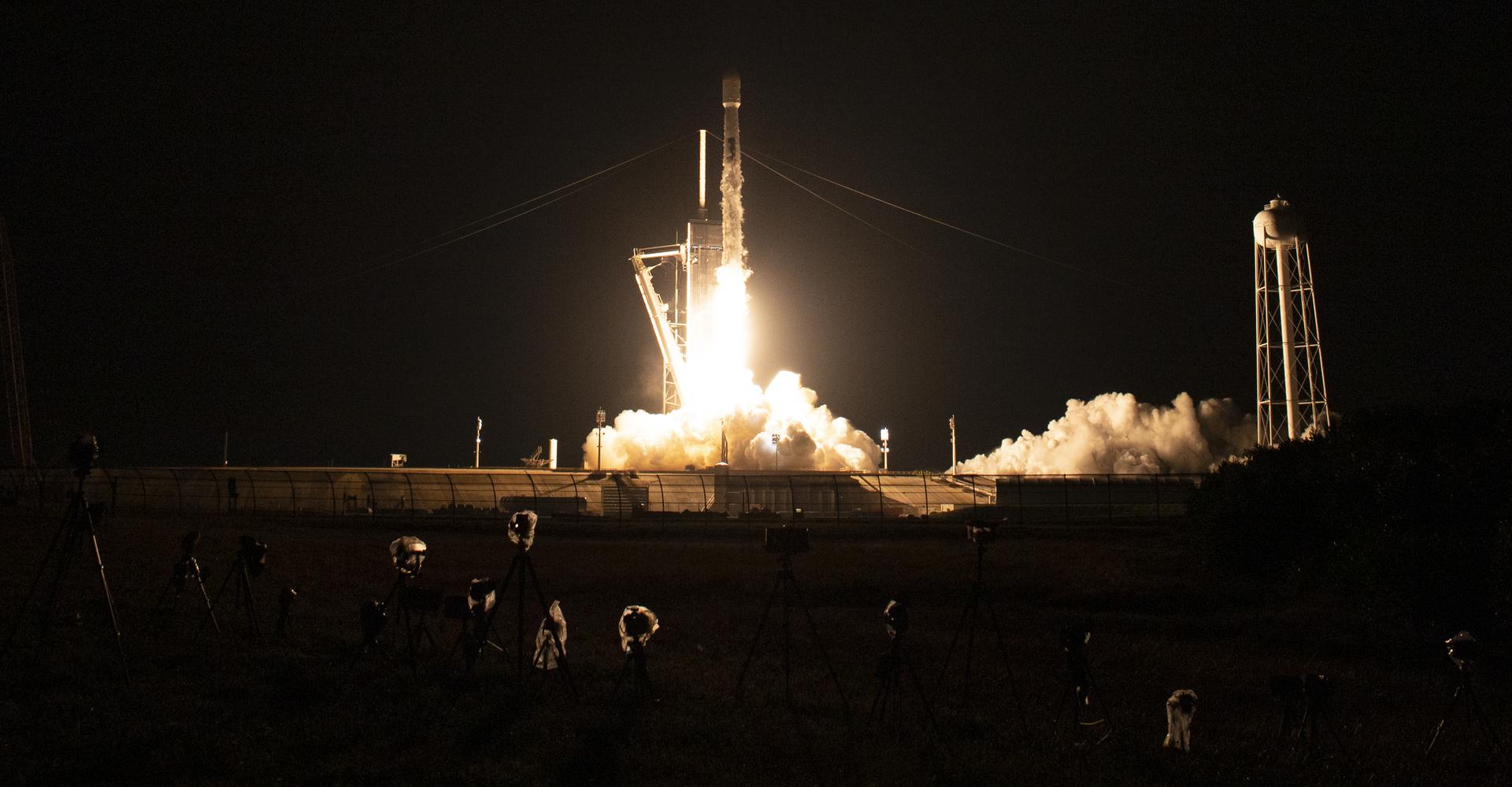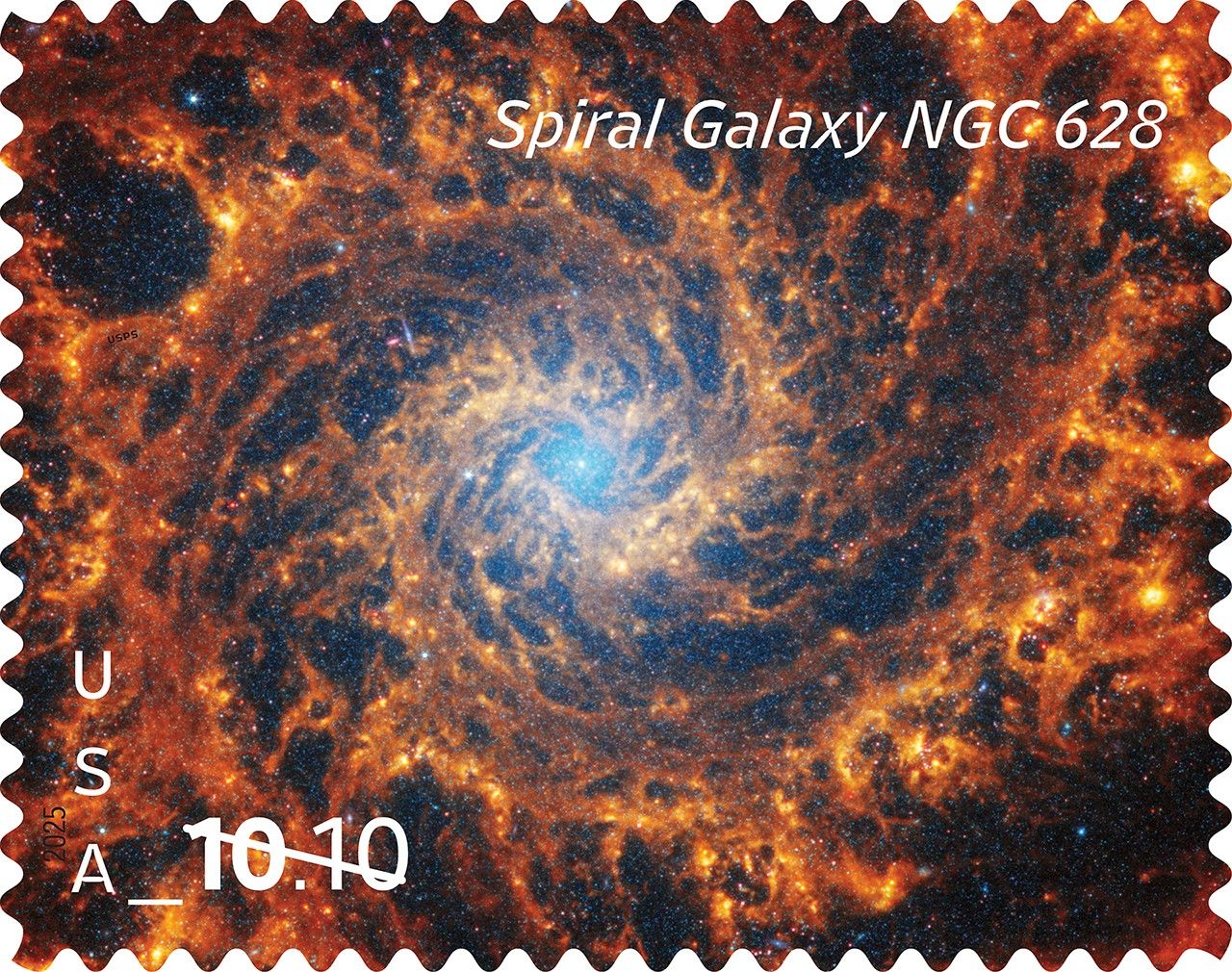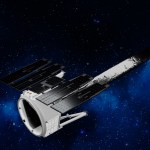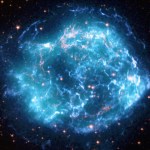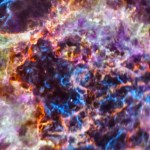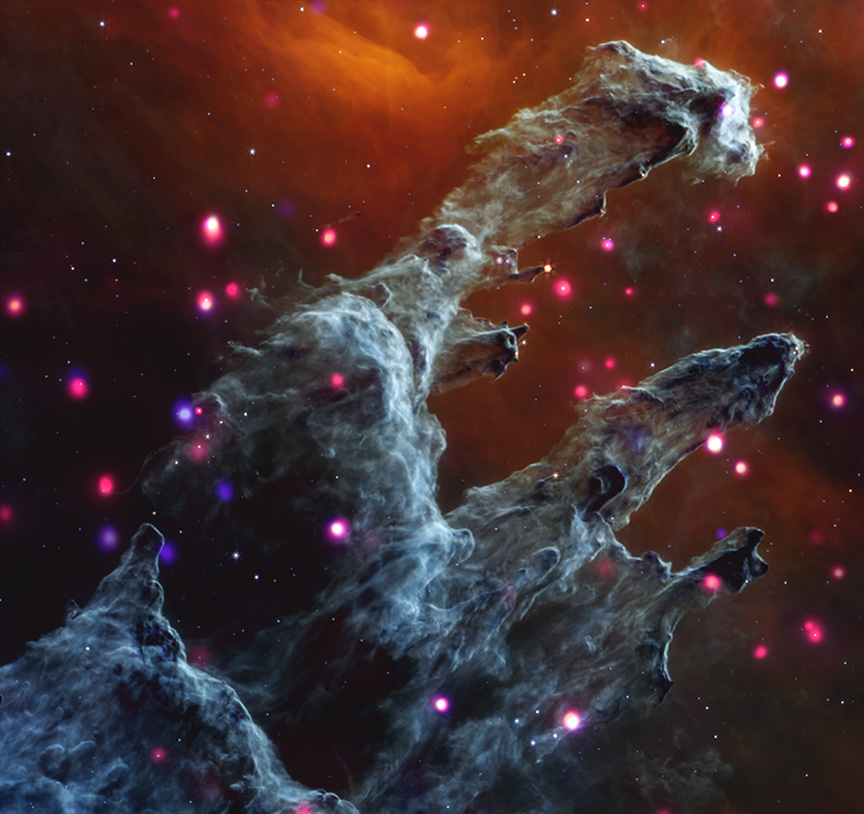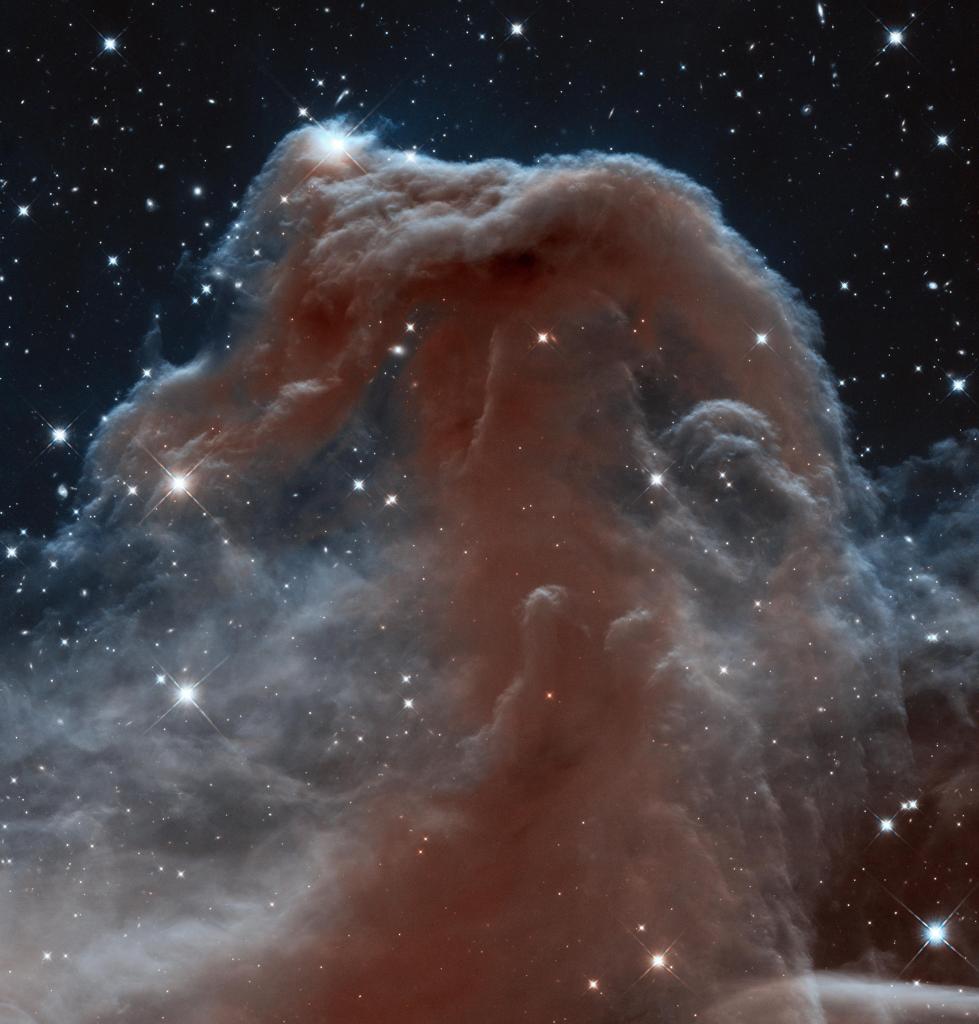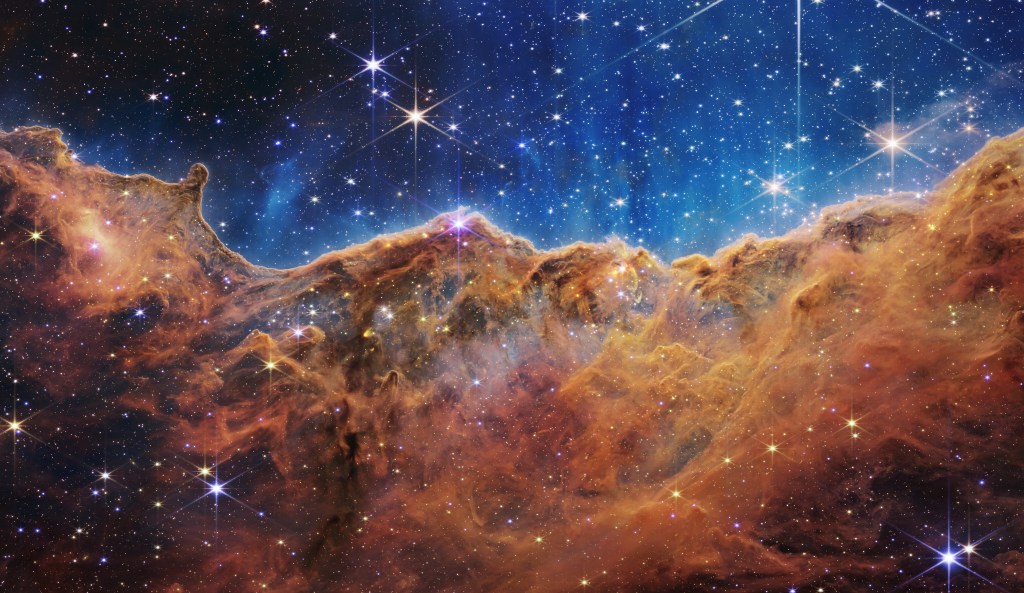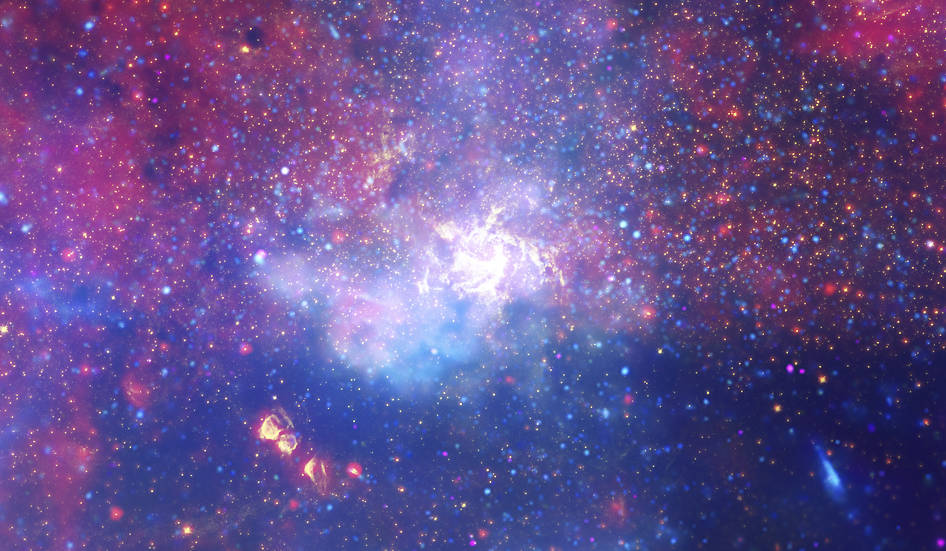
IXPE Media Resources
The Imaging X-ray Polarimetry Explorer, or IXPE, is a new and unique space observatory for X-ray astronomy. IXPE launched Dec. 9 on a Falcon 9 rocket from NASA’s Kennedy Space Center in Florida.
Media Contacts
Reporters with questions or interview requests related to NASA’s Imaging X-ray Polarimetry Explorer may contact:
Molly Porter
Office of Communications
NASA’s Marshall Space Flight Center, Huntsville, Ala.
256-424-5158
Elizabeth Landau
NASA Headquarters, Washington
202-358-0845
IXPE Celebrates 1 Year of Exploring the Cosmos
Look at some of IXPE’s accomplishments in the first year of its mission.
Learn More about IXPE Celebrates 1 Year of Exploring the Cosmos